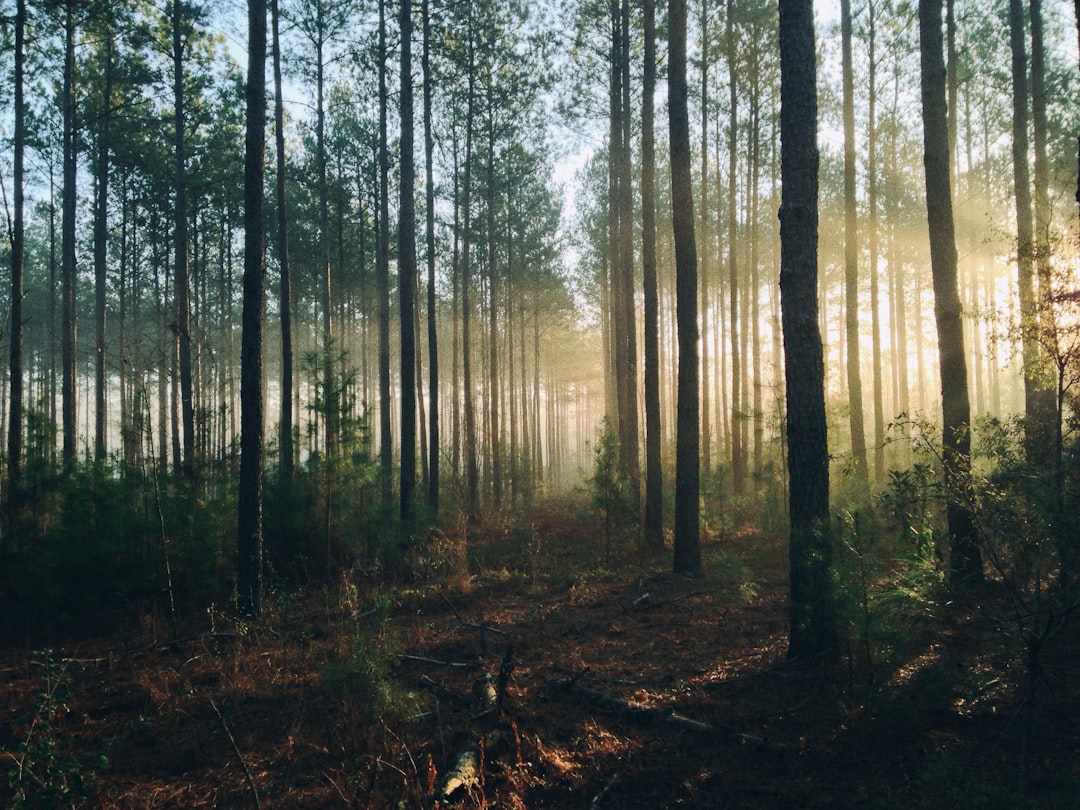
One of the most interesting discoveries that I have had this year is to find the similarity between planning a farm, ranch or homestead and the tie to planning for my new home build. Both are tightly tied to creating a personal, or family, vision. Both are also tightly tied to the overarching concept of “permaculture” planning.
In the following post you will learn the inside scoop on how to conduct a visioning workshop which synthesizes and combines two or more of the following topics which my Pro Track #4 focuses on:
1. Homestead plan creation
2. Green Energy plan creation
3. Permaculture plan creation
4. New Construction or Major Rehabs
5. Understand the Decision Model and how to build one
6. Explore / Harvest Your Federal and State Financial Benefits!!!
I will give you the inside tips regarding Methods, Tools and Training (MTT) approaches so that you can kick-start your own homesteading / green energy self-sufficiency and planning thought processes. This will include risk mitigation, requirements management and business rule / process management principles.
Permaculture is a way of life and a system of concepts which help us to create an agricultural ecosystem with primary objectives with sustainability, resource management and a bunch of other supporting and guiding principles.
I have been delighted and encouraged that many of the concepts used for building your homesteading vision can be applied to the visioning process for Green Energy visioning. So, here in Track #4 we will get into the nitty gritty details of how to leverage a visioning workshop with your team or family as it relates to a homestead. Then, we will use that foundation to layer-on the visioning outcomes for both Green Energy and Smart Home technologies. Thus, Track #4 addresses permaculture from several core perspectives with the newest entry; Smart Home Technologies.
I will be sharing my consulting methods, tools and training (MTT) with you during this process, so that you, too, can train and facilitate others on your team. I am also about to release my first of several complementary spreadsheet tools which will help you to build a multi-year plan to address IRS 25C and 25D which are the two mission-critical rules which drive The Inflation Reduction Act (IRA) and your own financial benefits discovery, evaluation and capture road map:
25C - Residential Energy Efficiency Tax Credit
25D Residential Clean Energy Tax Credit
If you’d like a bit more detail on the concepts of Permaculture then read the “Side Bar” below. Or, skip that, and move to my details on how to conduct your homestead or green energy visioning workshop sections.

Permaculture Side Bar
Permaculture news instructs us that, “Permaculture integrates land, resources, people and the environment through mutually beneficial synergies – imitating the no waste, closed loop systems seen in diverse natural systems. Permaculture studies and applies holistic solutions that are applicable in rural and urban contexts at any scale. It is a multidisciplinary toolbox including agriculture, water harvesting and hydrology, energy, natural building, forestry, waste management, animal systems, aquaculture, appropriate technology, economics and community development.
Permaculture (the word, coined by Bill Mollison, is a portmanteau of permanent agriculture and permanent culture) is the conscious design and maintenance of agriculturally productive ecosystems which have the diversity, stability, and resilience of natural ecosystems. It is the harmonious integration of landscape and people — providing their food, energy, shelter, and other material and non-material needs in a sustainable way. Without permanent agriculture there is no possibility of a stable social order.
Permaculture design is a system of assembling conceptual, material, and strategic components in a pattern which functions to benefit life in all its forms.
The philosophy behind permaculture is one of working with, rather than against, nature; of protracted and thoughtful observation rather than protracted and thoughtless action; of looking at systems in all their functions, rather than asking only one yield of them; and allowing systems to demonstrate their own evolutions.
As the basis of permaculture is beneficial design, it can be added to all other ethical training and skills, and has the potential of taking a place in all human endeavors. In the broad landscape, however, permaculture concentrates on already settled areas and agricultural lands. Almost all of these need drastic rehabilitation and re-thinking.
One certain result of using our skills to integrate food supply and settlement, to catch water from our roof areas, and to place nearby a zone of fuel forest which receives wastes and supplies energy, will be to free most of the area of the globe for the rehabilitation of natural systems. These need never be looked upon as “of use to people”, except in the very broad sense of global health.
The real difference between a cultivated (designed) ecosystem, and a natural system is that the great majority of species (and biomass) in the cultivated ecology is intended for the use of humans or their livestock. We are only a small part of the total primeval or natural species assembly, and only a small part of its yields are directly available to us. But in our own gardens, almost every plant is selected to provide or support some direct yield for people. Household design relates principally to the needs of people; it is thus human-centered (anthropocentric).
This is a valid aim for settlement design, but we also need a nature-centered ethic for wilderness conservation. We cannot, however, do much for nature if we do not govern our greed, and if we do not supply our needs from our existing settlements. If we can achieve this aim, we can withdraw from much of the agricultural landscape, and allow natural systems to flourish.
Recycling of nutrients and energy in nature is a function of many species. In our gardens, it is our own responsibility to return wastes (via compost or mulch) to the soil and plants. We actively create soil in our gardens, whereas in nature many other species carry out that function. Around our homes, we can catch water for garden use, but we rely on natural forested landscapes to provide the condenser leaves and clouds to keep rivers running with clean water, to maintain the global atmosphere, and to lock up our gaseous pollutants. Thus, even anthropocentric people would be well-advised to pay close attention to, and to assist in, conservation of existing forests and to assist in, the conservation of all existing species and allow them a place to live.
We have abused the land and laid waste to systems we never need have disturbed had we attended to our home gardens and settlements. If we need to state a set of ethics on natural systems, then let it be thus:

Implacable and uncompromising opposition to further disturbance of any remaining natural forests, where most species are still in balance;
Vigorous rehabilitation of degraded and damaged natural systems to stable states;
Establishment of plant systems for our own use on the least amount of land we can use for our existence; and
Establishment of plant and animal refuges for rare or threatened species.
Permaculture as a design system deals primarily with the third statement above, but all people who act responsibly in fact subscribe to the first and second statements. We believe we should use all the species we need or can find to use in our own settlement designs, providing they are not locally rampant and invasive.”

In my own personal estimation, permaculture offers a broad umbrella for these other types of concerns and technologies such as:
Hydroculture
Hydroponics
Aquaponics
Vertical Farming
Urban Farming
Small-scale Organic Farming
Silvopasture (silva is forest in Latin) is the practice of integrating trees, forage, and the grazing of domesticated animals in a mutually beneficial way. It utilizes the principles of managed grazing, and it is one of several distinct forms of agroforestry.
Green Energy Technologies
Battery storage
Geothermal / Water to Water Ground Source Heat Pump
Smart Electrical Panel
EV Charger
New EV
Used EV
Heat pump Air Conditioning and Heating
Minisplit / Air to Air Heat Pump
Heat Pump Water Heater (HPWH)
Rooftop solar
Pod-mounted solar / directional solar
Weatherization
Induction stove
Electrical wiring
Heat pump clothes drier
Many other Homesteading, Green Energy, Smart Home and Permaculture objectives and technologies are listed in this workshop!
Conducting a Visioning Workshop
To get started with your visioning workshop planning here’s some nice items to have on hand say’s Lydia Silva, our “backyard homesteading guru” who has helped me greatly on the methods, tools and training discussed here:
Let’s Get Going!
Keep reading with a 7-day free trial
Subscribe to 1782Farm.com - Living an Herbal Lifestyle with You! to keep reading this post and get 7 days of free access to the full post archives.




